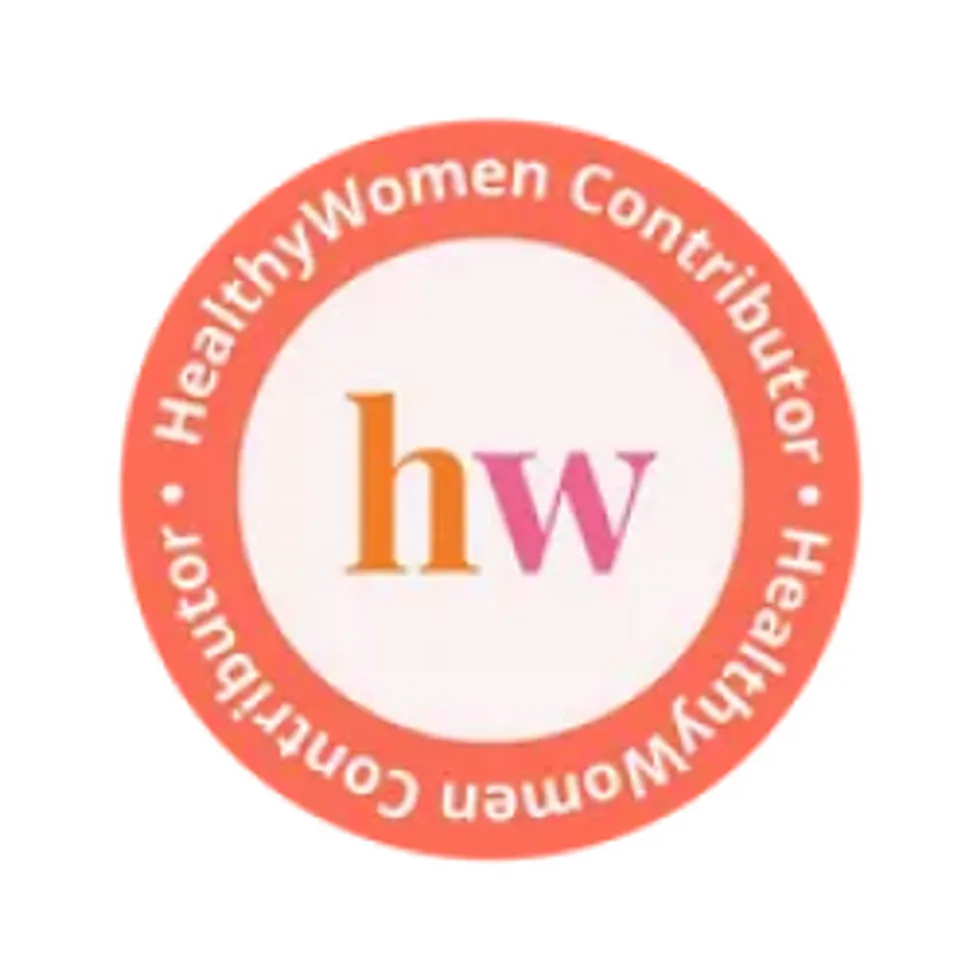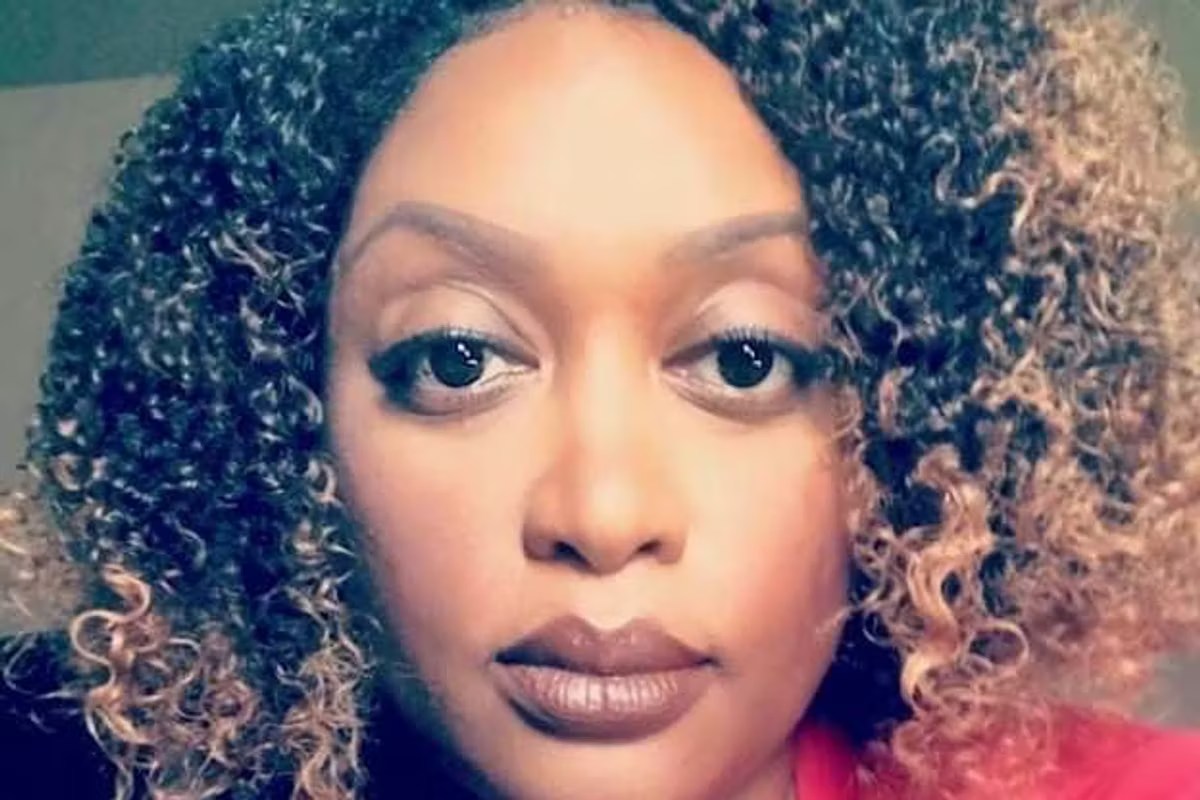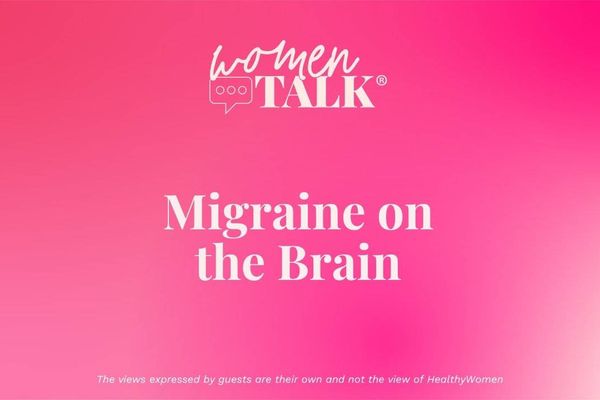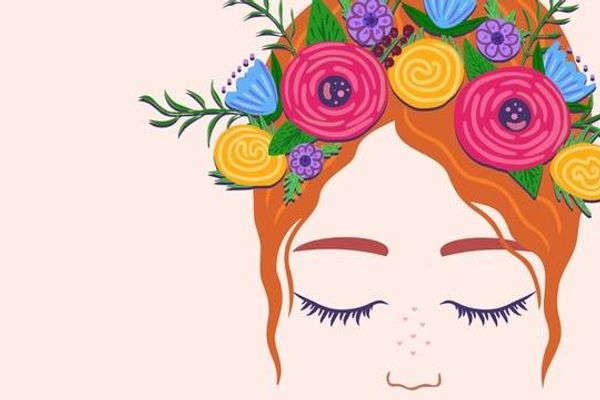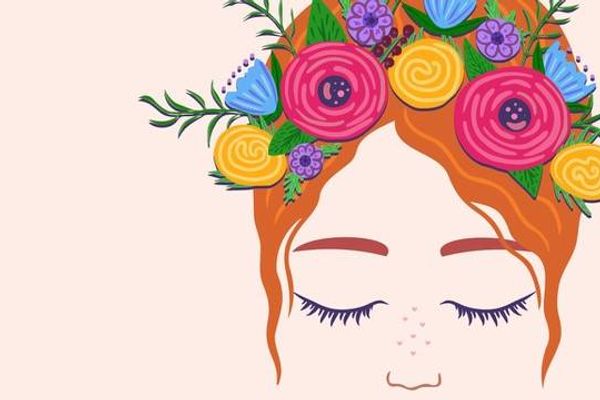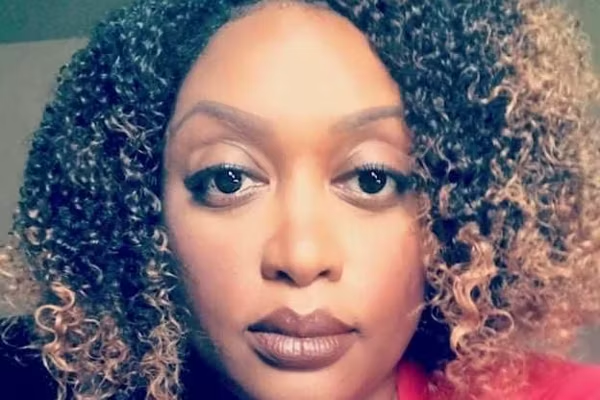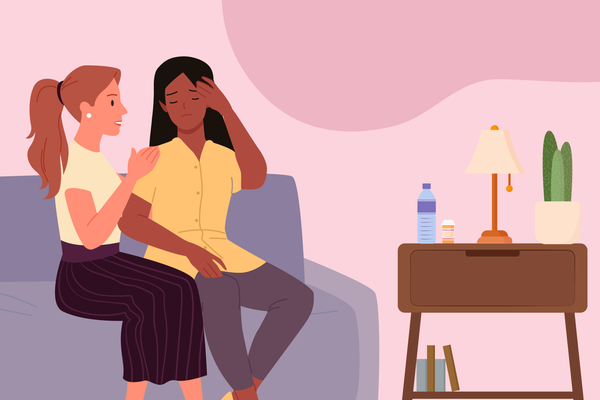As told to Shannon Shelton Miller
Even though I was eight when I was officially diagnosed with migraine, I can’t remember a time when I didn’t have severe headaches.
My sensitivity to the lights and sounds in elementary school led to sudden severe headaches, nausea and vomiting. I’d also get terrible headaches playing at recess or having any kind of physical exertion.
My mother had migraine as a child, so because of her history and because my parents were very proactive, they took me to the pediatrician to be evaluated. My father, who had worked in community health in New York City, also insisted I be seen by a neurologist. Despite my parents’ efforts, there wasn’t much to safely give a child for migraine back in the ’80s, and the medication I was taking didn’t provide relief at all.
Until I was 14, I took a blood pressure medication as a preventive and used over-the-counter medicines to treat the actual migraine. I felt my voice wasn't heard when I was complaining about taking medications that weren’t working for me, so I learned to suffer through my migraine attacks. I would lie in bed holding my breath because breathing hurt and tears would roll down my face. I would wait for the moment I’d vomit because I knew that’s when the pain would subside.
I also dealt with stigma from peers and adults who didn’t understand my pain was legitimate and valid. I missed a lot of school or went to the nurse’s office often, and teachers, nurses, peers would say, “Well, she doesn't want to participate in school. She doesn't want to do her work,” even though I was a high achiever in the classroom. I internalized a lot of the stigma, leading to feelings of depression and anxiety. There was also the pressure and stress of wanting to perform at a certain level, and the constant anxiety about when the next attack was coming.
In my teenage years, I graduated to prescription anti-inflammatories for pain, but I still went through the same routine of taking ineffective preventive medication daily and pain meds for the migraine. I eventually stopped taking the blood pressure medication and just treated the migraine attacks when they occurred. I tried my best to still be myself, live my life and do things I wanted to do. I took ballet classes almost every day — my mother taught ballet so my sisters and I were almost always in the studio. I think that helped condition my body and made me feel better.
I also held on to the hope that I would outgrow migraine after puberty, like my pediatrician suggested. My mom seemed to grow out of her migraine, so I felt if I could just hang on a few more years, I’d be OK. Unfortunately that wouldn’t be the case for me. I also know now the way I was taught to treat migraine was the worst thing I could do. I didn’t know that the overuse of pain meds could cause worsening of the disease and cause it to become chronic, as I would experience later.
I finished high school and went to Hawaii for college. There, I met a man serving in the Marine Corps who would become my husband. We fell in love instantly, and were married when I was 19 and he was 20. By 23, I was a wife and mom of two, living back on the mainland and pregnant with our third child.
Early in my first trimester, I had a migraine attack worse than anything I’d ever experienced. It went five days, when I’d never had one more last more than 24 hours at the longest. I was worried this was something more, and my OB-GYN referred me to neurology for an MRI. Ultimately, everything was fine — no aneurysm or other serious issue detected — but I felt my pain was diminished by calling it “just migraine.”
Even though it eased in my second trimester, whenever I would get a migraine, it was a lot more severe and lasted at least two days. I dealt with horrible pain daily, and all I could do was take a pregnancy-safe preventive medication, along with a strong cup of coffee or soda. After my pregnancy, I tried a different round of prescription medication because I was now having 15 or more chronic migraine attacks each month and new daily persistent headaches separate from the migraine. I had severe side effects from that medication, and then kept cycling through meds that weren’t working.
It was frustrating because I felt I was doing everything I could, and I started feeling like something was wrong with me. I had severe depression and anxiety to the point where I experienced frequent suicidal ideations. Once, I acted on that, but thankfully survived the attempt to take my life.
By my 30s, I knew I had to start dealing with the mental implications of my condition. I took a more holistic approach to my care, and although I returned to traditional medicine when natural methods weren't working, I felt more empowered in my decisions. I was also able to see a headache specialist for the first time due to insurance changes. I will never forget that first appointment — the specialist was with me for almost three hours and went through my entire history. I finally felt heard and seen and was given options I’d never had before.
I started blogging in 2011 as The Migraine Diva” to shine a light on the reality of living with headache and migraine disease, and also my experience as a Black woman navigating this condition and seeking support. That led to opportunities to share my story on a larger scale and partner with pharma companies that invited me to participate in panels and work with other advocacy and medical organizations.
My pain is now at a manageable state, and I’m excited — it’s a weird place to be sometimes because I’m so used to waiting for the other shoe to drop. I still have to jump through hoops to get treatments, like traveling to a headache center in Philadelphia multiple times a year to receive inpatient infusions. My medical team here in Virginia handles in-office procedures like nerve blocks and medication management. My husband and kids take on a lot — they're worried for me and they want me to be better. But I also realize I'm very fortunate because I have access to healthcare and I’m financially stable. I know not everybody has those privileges or access, and it’s a big part of my advocacy to help guide others to manage their disease in ways that give them a better quality of life.
I know I’m not my disease. It’s easy to define ourselves by the symptoms we experience and make statements like “I am depressed” instead of “I’m having a depressive episode.” It’s the same with migraine. I say I have migraine, but migraine does not have me, although sometimes it's trying its hardest!
The difference now is that I have so many tools in my pocket to help, and as long as I keep using advocacy as an additional management tool, it helps give my pain a purpose.
This educational resource was created with support from Pfizer.
Have your own Real Women, Real Stories you want to share? Let us know.
Our Real Women, Real Stories are the authentic experiences of real-life women. The views, opinions and experiences shared in these stories are not endorsed by HealthyWomen and do not necessarily reflect the official policy or position of HealthyWomen.
- How to Create a Migraine-Friendly Workplace ›
- How to Support a Loved One During a Migraine Attack ›
- After Years of Suffering, I Got to the Root of My Migraine Attacks and Am Finally Free of Them ›
- Clinically Speaking: Questions and Answers About Migraine Disease ›
- For Years, I Had No Idea My Epic Migraine Attacks Were Tied to My Menstrual Cycle ›
